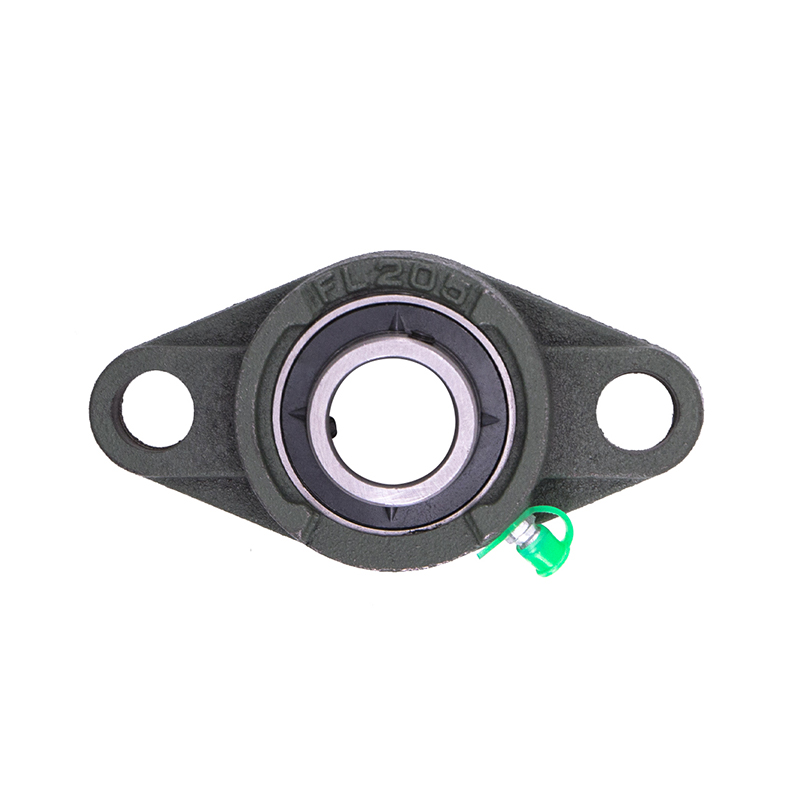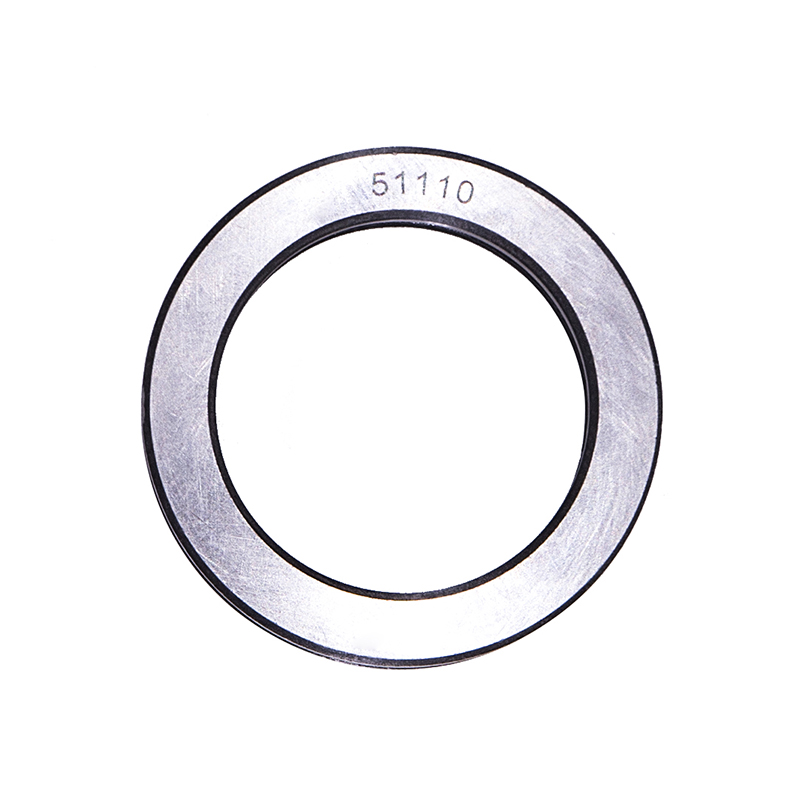-
 Wheel Hub Bearings
Wheel Hub Bearings -
 Wheel Hub Bearings
Wheel Hub BearingsDAC387436 DAC458045 Hub Deep Groove Ball Car Wheel Bearing
-
 Spherical Bearings
Spherical BearingsFL204 FL205 FL206 Stainless Steel Pillow Block Bearing
-
 Spherical Bearings
Spherical BearingsT204 T207 UC204 High Speed Insert Pillow Block Bearing
-
 Spherical Bearings
Spherical BearingsFC204 F210 Auto Wheels Bike Pillow Block Bearing
-
 Spherical Bearings
Spherical BearingsP207 206 205 203 High Precision Wheel Pillow Block Bearing
-
 Thrust Roller Bearings
Thrust Roller BearingsS51100 S51107 S51109 Car Wheel Plain Thrust Ball Bearing
-
 Thrust Roller Bearings
Thrust Roller Bearings51110 51107 51104 51206 High Speed Plain Thrust Ball Bearing
The difference between fixed pillow block bearings and floating slider bearings
Industry news-China fixed pillow block bearing maker producer
In the field of mechanical engineering, the design of the bearing seat is crucial, which is directly related to the stability and service life of the equipment. As two common bearing types, fixed pillow block bearings and floating sliding block bearings have significant differences in design purpose, performance characteristics and application scenarios. This article will explore these differences in depth to help engineers and designers make better choices.
Design purpose
The core of the design of fixed pillow block bearing is to provide accurate axial and radial positioning. This design ensures that the housing is tightly attached to the mechanical structure and is suitable for applications requiring high precision positioning. The fixed pillow block bearing ensures the stable connection between the bearing and the support structure through fasteners or interference fit, preventing displacement during operation, and is suitable for bearing heavy loads and maintaining the accurate operation of the machine.
Floating sliding block bearings are designed to accommodate the thermal expansion of the shaft or changes in length due to assembly errors. The floating design allows the bearing seat to have a certain range of movement in the axial direction, thereby compensating for the effect of thermal expansion and contraction and reducing internal stress. This design is particularly suitable for long-axis or multi-segment axis systems, where the thermal expansion of components can cause the distance between fixed points to change.
Performance characteristics
The fixed pillow block bearing emphasizes rigidity and stability, which can effectively transfer loads and reduce vibration and noise. Due to its fixed characteristics, fixed pillow block bearing has better control of the radial and axial runout of the shaft, which is suitable for high-speed and high-precision applications, such as spindle support for precision machine tools.
The floating housing focuses on flexibility and adaptability, absorbing small shifts in the shaft and reducing internal stress concentration due to thermal expansion. This makes the floating design more suitable in situations where temperature changes are large or assembly tolerances are not required, but may not be as stable as the fixed pillow block bearing.
Application situation
fixed pillow block bearings are commonly found in:
- Precision machinery: such as CNC machine tools, precision instruments, need high precision positioning.
- Heavy duty equipment: such as large gearboxes, which require stable radial and axial support.
- High speed rotary applications: High speed motors and compressors require very low vibration and axial movement.
Floating slide bearings are suitable for:
- Long axis system: such as paper machine, large conveyor belt, long axis, obvious thermal expansion.
- Environments with large temperature changes: such as outdoor or high-temperature working machinery, need to compensate for the size change caused by temperature changes.
Simple or low-cost design: In some applications where positioning accuracy is not required, the floating design simplifies the assembly process.
Maintenance and installation
Fixed pillow block bearings require precise alignment during installation, and maintenance focuses on maintaining good lubrication and preventing overload to avoid early wear. Although the floating bearing seat is relatively tolerant in installation, it is necessary to pay attention to whether its floating range is normal during maintenance to ensure that there are no external factors to restrict its movement.
conclusion
The choice of fixed pillow block bearings or floating slider bearings depends on the requirements of the specific application. The fixed pillow block bearing is suitable for applications where precision and stability are strictly required, while the floating type is suitable for applications where adaptability or compensation for thermal expansion is required. Understanding the advantages and disadvantages of each design, combined with the actual conditions, is the key to achieving good mechanical design. Taking these factors into full consideration at the early stage of design can effectively improve the overall performance and reliability of the equipment and ensure the efficient and stable operation of the mechanical system.

 English
English русский
русский Español
Español
